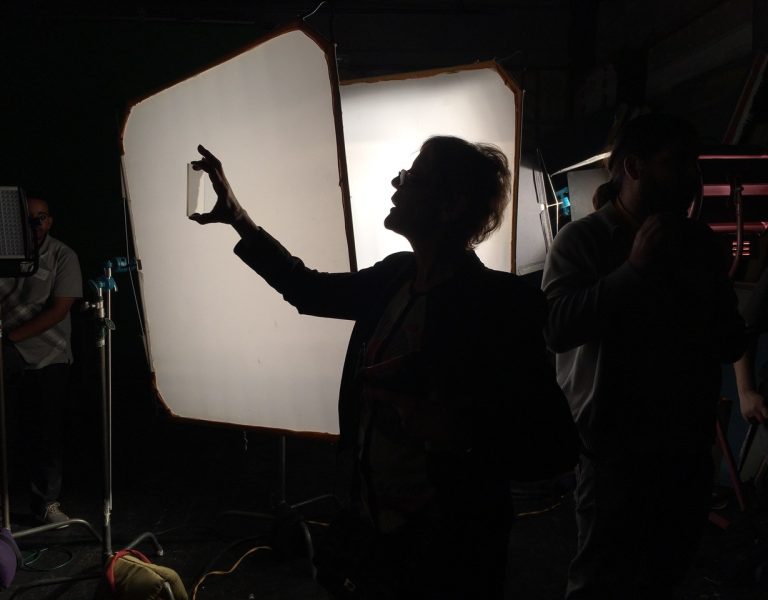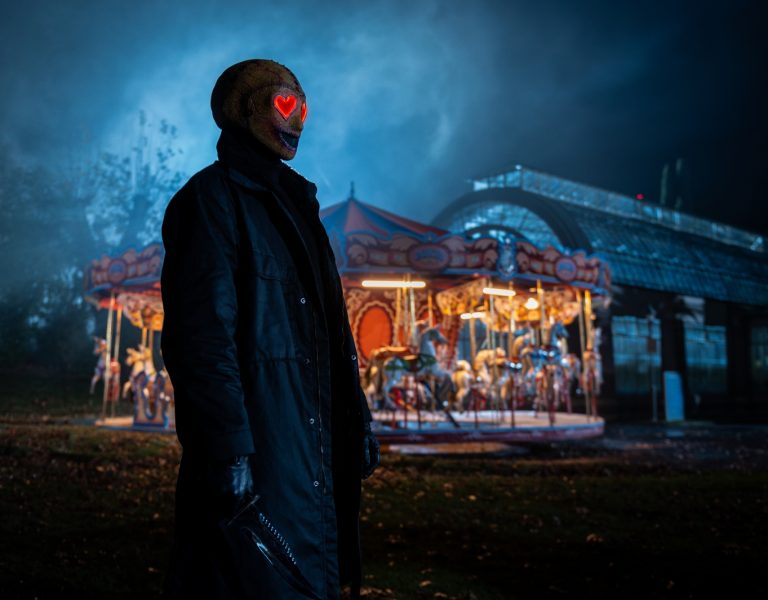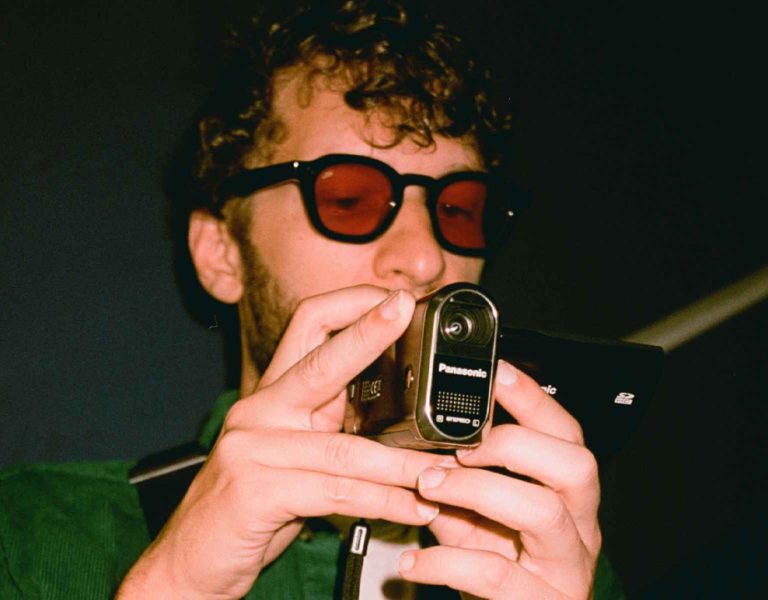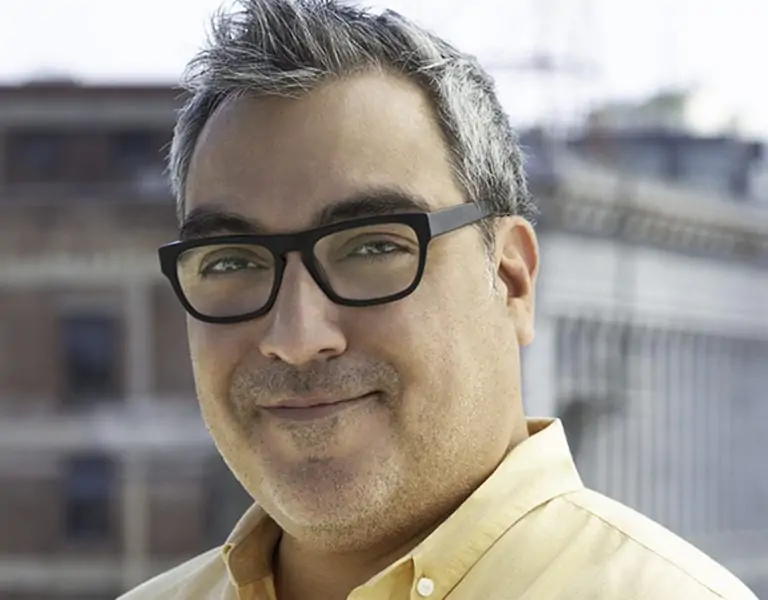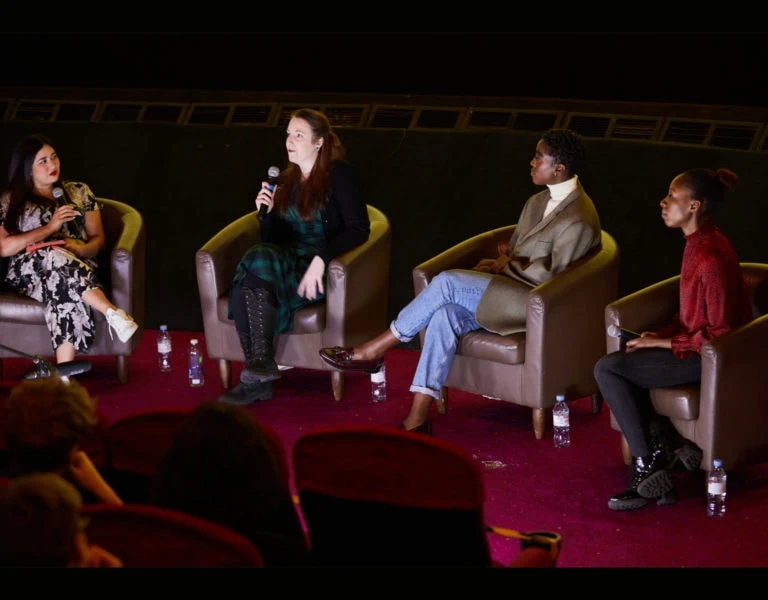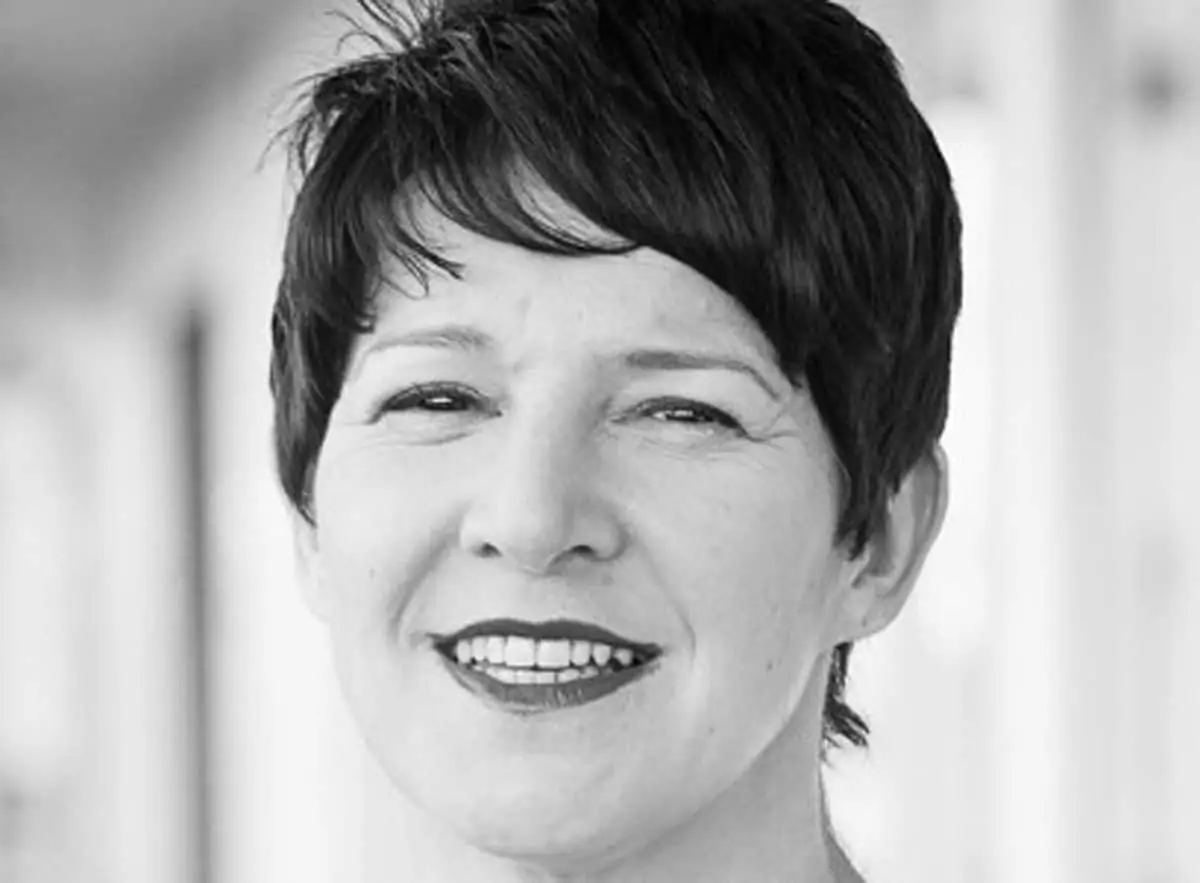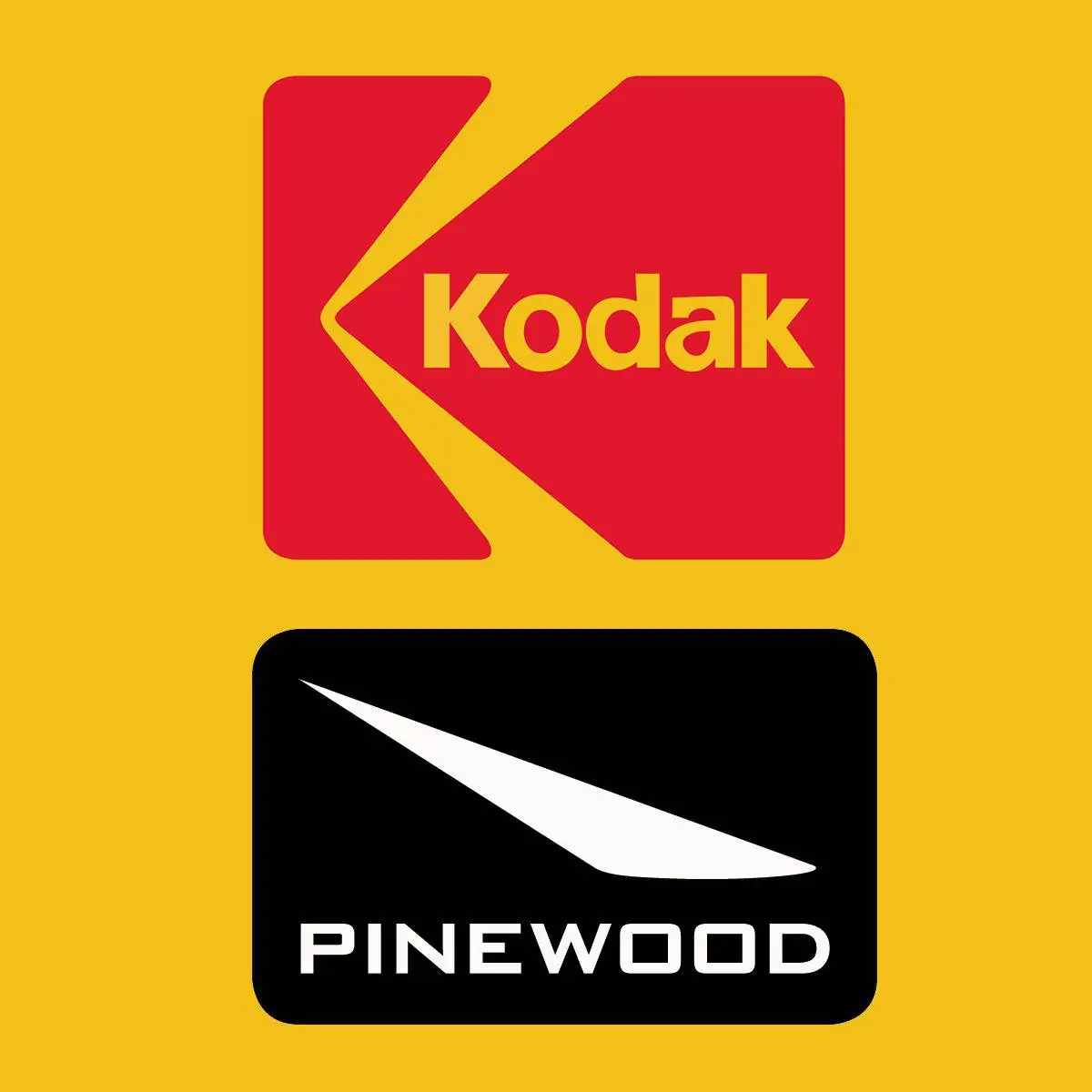Global view
Spotlight / Pinewood Creative Services
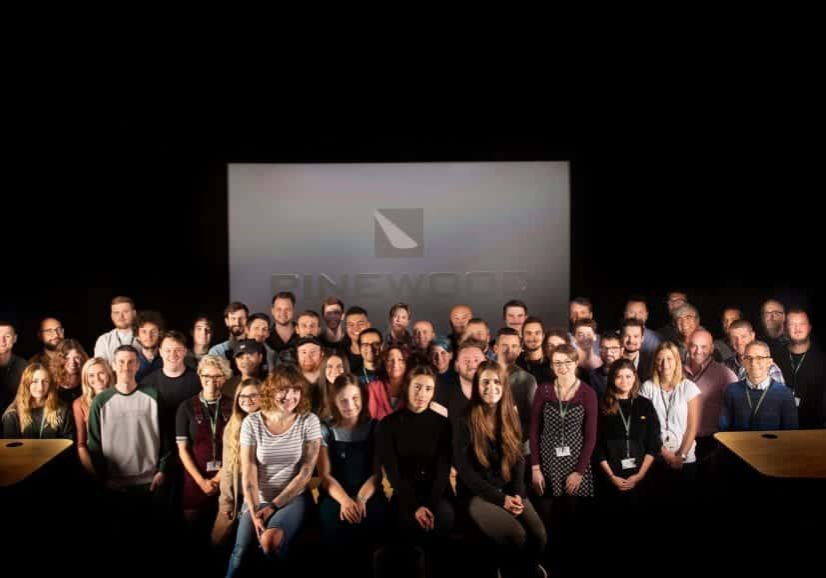
Global view
Spotlight / Pinewood Creative Services
BY: Michael Burns
Pinewood has a special name in the world of filmmaking, conjuring-up images of James Bond, Batman and Superman, and more recently film sagas such as the Marvel cinematic universe and Star Wars.
But the Pinewood Group offers more than just massive sound stages, facilities and backlots. Through its Pinewood Creative Services, a whole film and TV workflow is available to productions worldwide, encompassing everything from front-end dailies to DI, from immersive audio to localisation dubbing, and from on-set HDR camera tests to remote collaboration with DPs and the world’s biggest VFX facilities.
“When you come to Pinewood, you’re renting stages for TV or film production. But, Creative Services from within that umbrella can really deliver from camera through to final delivery,” says Nigel Bennett, group director of creative services. “We are very flexible to work with across film, TV and games. As are our partner tenants on the lot – such as Kodak Film Lab, MovieTech, Sound24, OutPost and many others.”
“We work collaboratively with independent companies, but we partner with some key people and pair with them on productions to find the best solution. And that goes through the whole process, from script-to-screen.”
“We are very supportive of them and it also works well for us,” says Bennett. “If people want to use all of our services, they can. Or they can use us for some of those services but then go back to LA, New York, or Soho to finish their productions.”
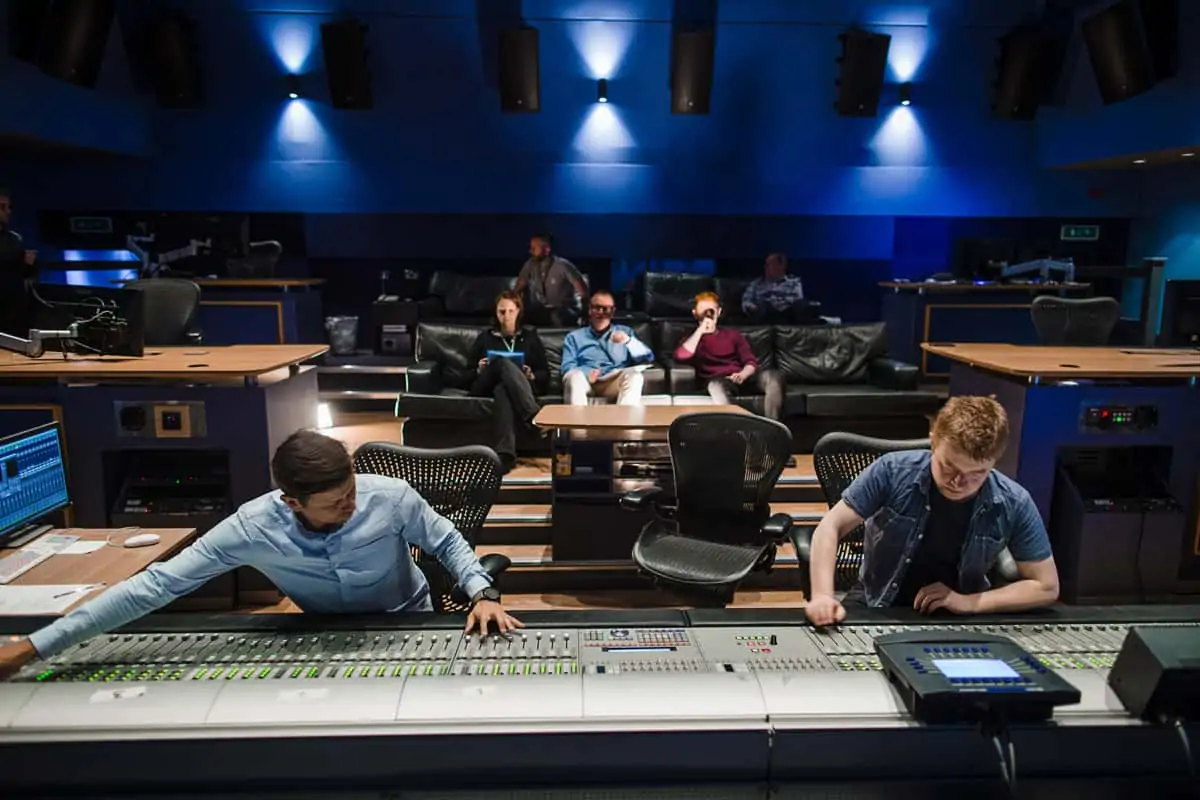
As you might expect in these days of full-frame cameras and HDR workflows, investment in storage and data are subjects of key interest across Pinewood Creative Services.
“A large part of recent investment is storage solutions, and that covers all areas from picture to audio,” says James Corless, head of picture services. “We find that for a lot of projects, we’re holding a lot of the original negatives and, in terms of data management, we deliver to VFX vendors worldwide. But that investment also extends into TV studios. We did a whole change of infrastructure there over the last five or six years in terms of capture and tapeless workflows.
“Data is one of the biggest challenges,” he continues. “That even extends to the film projects where we invested in new scanning technology. That’s created a larger data footprint, handling what we call single scan film workflow. We don’t do a traditional telecine and then select scans. We scan everything from the get-go.
“It’s basically film acquisition, but becoming a digital workflow immediately,” continues Corless. “We don’t go back to the negative. We can deliver pulls to other vendors as soon as the scans are complete. Effectively, it’s the benefits of a digital workflow but shooting on film.”
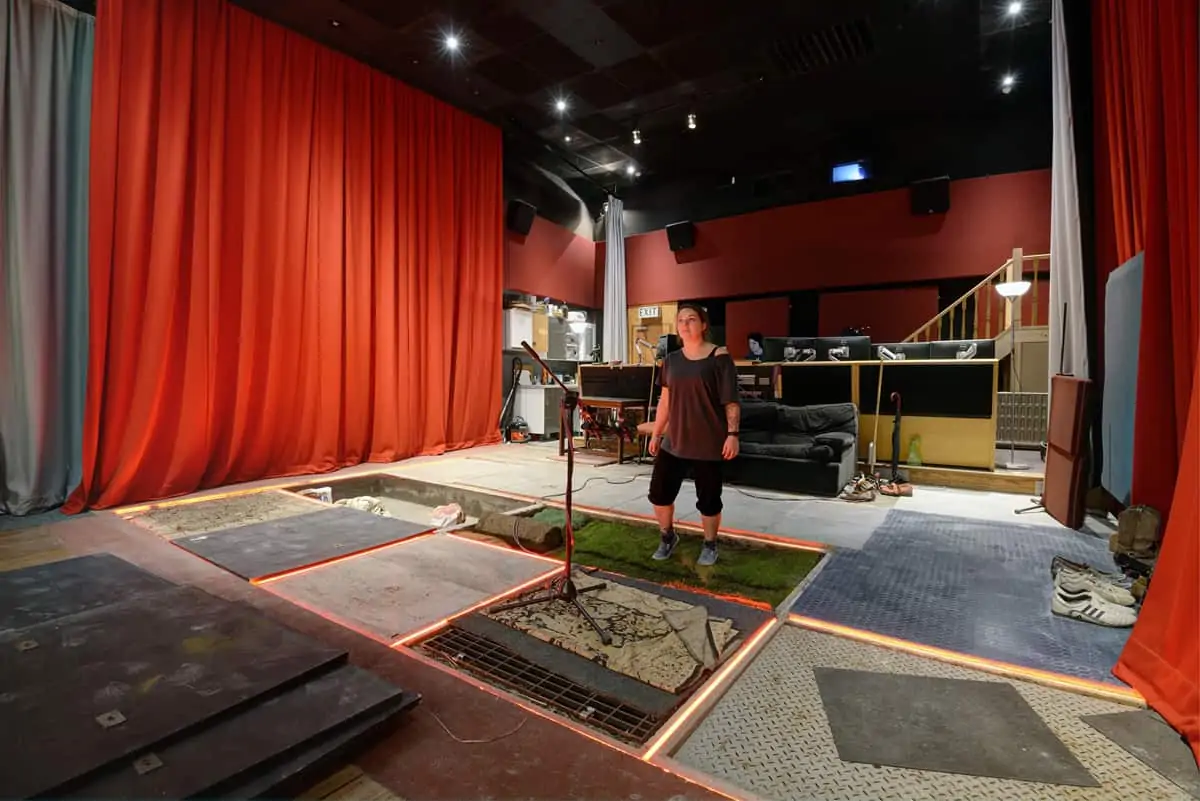
However, Corless describes multiple projects that have exceeded at least a petabyte in terms of camera negative. “With our storage solution, we’re more than capable of handling and delivering those shows to vendors,” he says.
Corless says in the time (around 18 months) that the DFT scanning system has been running it has delivered to most VXF vendors worldwide and most people are on board.
“In terms of a turnaround time for film, we’re now in the realm of delivering pulls to vendors within two to four hours, which previously, in a traditional film workflow, you used to be looking at four or five days for a shot to get delivered,” he says. “Projects we’ve done with that system include Mission Impossible: Fallout (DP Rob Hardy BSC) and The Mummy (DP Ben Seresin BSC ASC) – they’re large projects, delivering to major vendors and the process has been relatively seamless. It’s interesting because it’s something that a few years ago we didn’t envisage happening, but with the resurgence in film production and bringing the film lab back on the lot, all of this has worked together.”
“With productions shooting on the lot here, a great deal is down to security, and having a film lab on the lot gives us that security,” says Bennett. “The neg can be developed and then go through Pinewood Digital and be scanned, as James says, in a single scan workflow. That adds a lot of benefit to production… certainly the high-profile productions currently shooting in the UK.”
“We’ve got great supporting partners like SohoNet that help us in that process,” says Corless. “But it’s very much constantly evolving. I think that’s the key trick. We’re constantly reviewing these processes and maintain dialogue with the companies we support.”

"Our creative services will expand as the studios expand. Our vision is to service the productions that are on the lot, off the lot, and globally."
- Nigel Bennett, Pinewood, Group Director of creative services
More films are taking full advantage of this holistic approach; an example is Adewale Akinnuoye-Agbaje’s Farming (DP Kit Fraser). “It was shot with a very limited budget,” Bennett says. “They took all of our creative audio and picture services, so in that instance we had Pinewood’s audio teams supervising all the sound editorial, the foley record, the ADR records, the mix. And then likewise, from a picture point of view, we did the conforms, all of the grading. Online services were supported as well, from one of our partners on the lot.”
Localisation has been a big part of the business over 17 years. “Pinewood delivers to all of the major studios with regards to localisation services,” says Jens Christensen, head of localisation. “At both Pinewood and Shepperton, we’re working on up to 45 languages on one title for day and date release, and turning this round in a four-week period. There are not many facilities worldwide that can deliver that as a service.”
Still on the subject of sound, Pinewood was a pioneer in adopting Dolby Atmos. “Now we have five theatres across Pinewood and Shepperton for mixing Dolby Atmos, theatrically and near-field,” says Glen Gathard, head of creative audio. “There’s a massive push now from all content makers and their platforms to mix in Dolby Atmos.”
Pinewood offers a lot of remote collaboration in terms of audio, as well as VFX. “On a recent production we had eight theatres working across Pinewood in the UK and Pinewood Atlanta, where we were recording sessions via Skype and also Source-Connect/Source-Live for the sessions,” says Gathard. “We were then running eight sessions in different time zones, all on the same production. We are really pushing the boundaries with that technology. Likewise, James’ team have done a lot of live grading with LA to the UK. The DPs are based in Pinewood and the director is back in LA.”
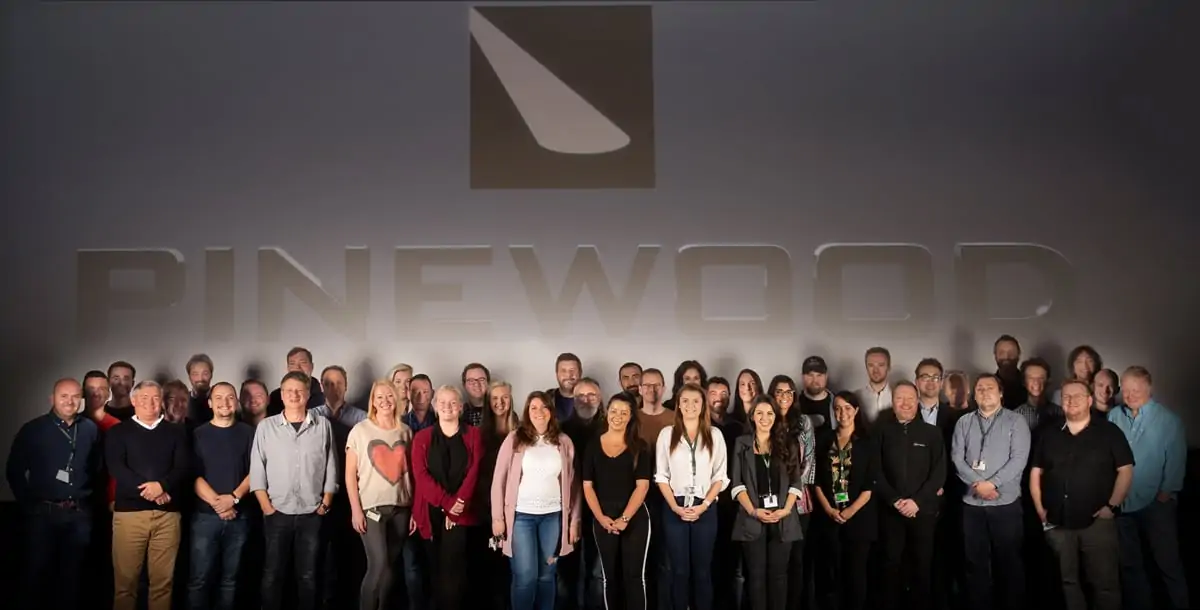
Pinewood is a key player in the area of archive and restoration, headed by John Pegg. Recent credits include Phantom Of The Opera (2004, DP John Mathieson BSC), Waterworld (1995, DP Dean Semler ACS ASC) for Arrow and Distant Voices, Still Lives (1999, DPs William Diver/Patrick Duval) for the BFI.
“We’re not ashamed to say it’s part of our heritage as a studio and certainly, working on titles that have previously been projects shot at Pinewood, or associated with companies such as Rank, it’s a key part of our business,” says John Pegg, head of picture post production.
“It’s supporting the BFI as a business as well. Pinewood’s ethos is that this is about the longevity of film. Over the years, we’ve invested in equipment that supports this area and also our growing dailies business of delivering film workflows.”
That’s the past protected, but what about the future?
“An expansion is currently underway with the studios at both Pinewood and Shepperton,” says Bennett. “Our creative services will expand as the studios expand. Our vision is to service the productions that are on the lot, off the lot, and globally.”

